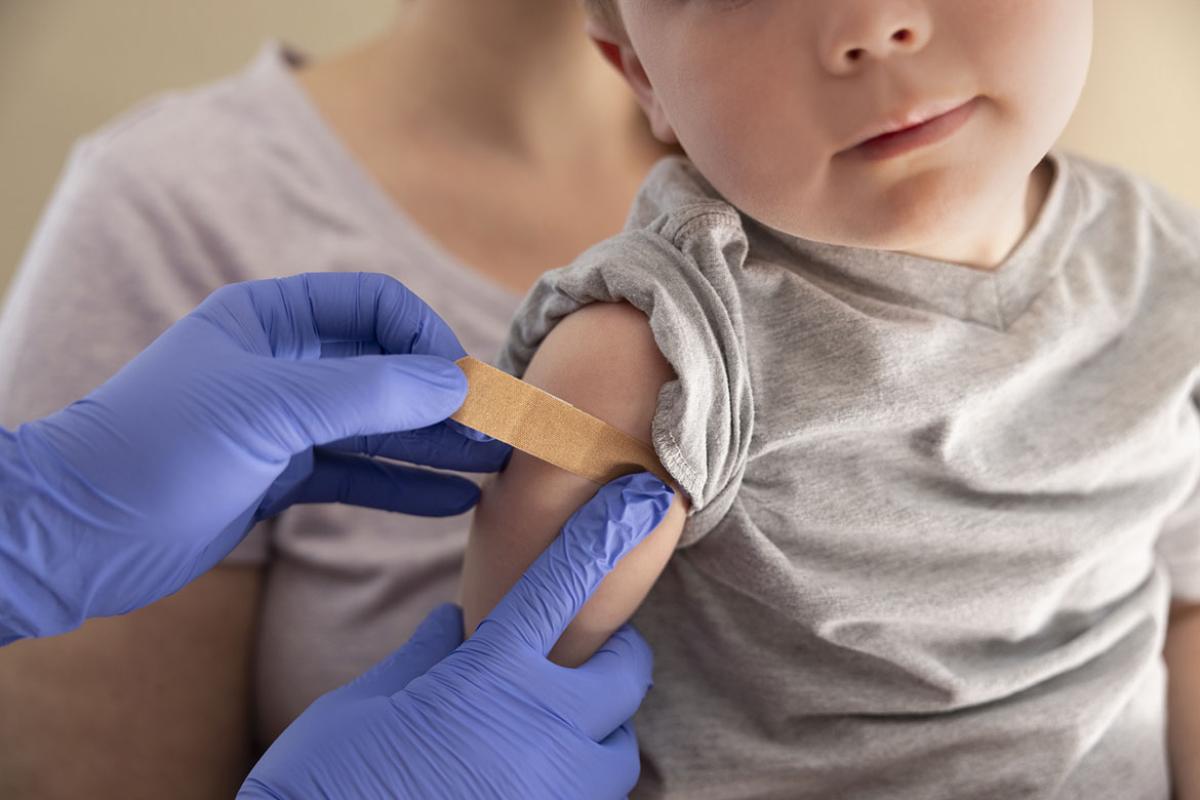Puerto Rican adults living on the island have worrisome rates of type 2 diabetes, high blood pressure and obesity, and 68% do not have their BP under control. With the dedication of one individual rallying other health centers on the island to take charge of their patients’ blood pressure, BP-control rates at some clinics have improved. But the catastrophic damage from Hurricane Maria dealt a body blow to an already underfunded health care system.
Prior to the hurricane, five health centers in Puerto Rico achieved gold-level status recognition through the Target: BP™ Recognition Program. Target: BP is a national initiative co-led by the AMA and American Heart Association (AHA). Recurring gold-level recognition is awarded to all participating sites that achieve hypertension control rates of 70% or higher among their adult patient population. Participation-level recognition is given to those sites that prioritize improving BP control each year and submit data.
While BP control rates dropped after the hurricane, Eduardo Lamadrid, community impact director for the AHA in Puerto Rico, remained attentive to the needs of the island. He successfully engages organizations in Target: BP to improve BP control rates.
“All participating health centers involved in Target: BP have been consistent in their prevention and treatment efforts,” said Lamadrid. “They grew up in the face of the adversity of Hurricane Maria. The day after the hurricane passed, absolutely every one of those centers was providing services.
“They even took care of those people who were not their regular patients, but were left without medical assistance in the wake of the hurricane,” he added.
Perseverance on prevention
While the hurricane overwhelmed the island, and set back progress on BP control, physicians and their teams continued to persevere with the help of Lamadrid.
“From the beginning, I thought about how Target: BP could help health centers to achieve their goals and priorities to control hypertension,” Lamadrid said, adding that “we always have to find a way to make our proposal meaningful to them to fill up their needs and lead them to achieve their own goals and objectives.”
With a vibrant, colorful culture that focuses on family and celebration of life, Puerto Ricans have “multiple opportunities to overeat” foods that are not healthy, said Lamadrid. And even though the “geography provides us with beaches and mountains where it can be easy to exercise, the hot climate causes fatigue.” This does not always contribute to healthy lifestyles, so health centers provide patients with alternative food options and ways to exercise.
Lamadrid also had to make sure the educational materials and resources were easy to understand—both for physicians and patients. He translated the different BP-control materials into Spanish and supervised an extraordinary volunteer and health educator, Jeannie M. Aguirre, who created a toolkit with four units on hypertension, management and control to promote a strong policy against this condition in the health centers.
Some medical directors of the centers were very worried when the hurricane slammed Puerto Rico. This was because they had made a lot of progress with the patient population and even were low level in Target: BP. However, the “days, weeks and months after the hurricane, people had to eat many things that were not healthy for them.” For example, meals from the Army contained a lot of sodium and with a lack of exercise, lowered BP control.
“We have learned to survive with the difficulties because we have understood two very important things: that prevention is key to avoiding medical emergencies, and then we have to plan out our health care in advance, especially due to the exodus of physicians and clinical staff to the U.S.,” said Lamadrid, adding that “we are more conscious today than before Hurricane Maria.”



